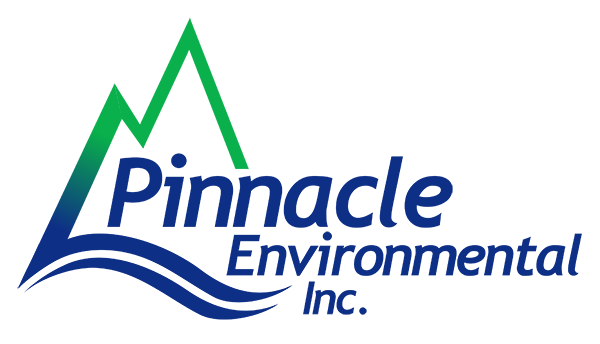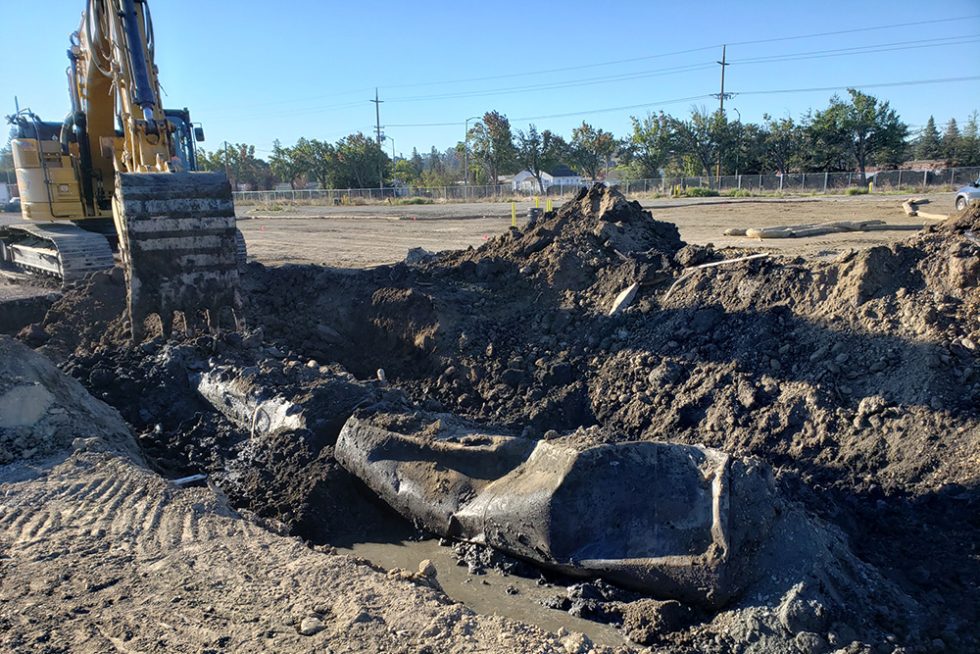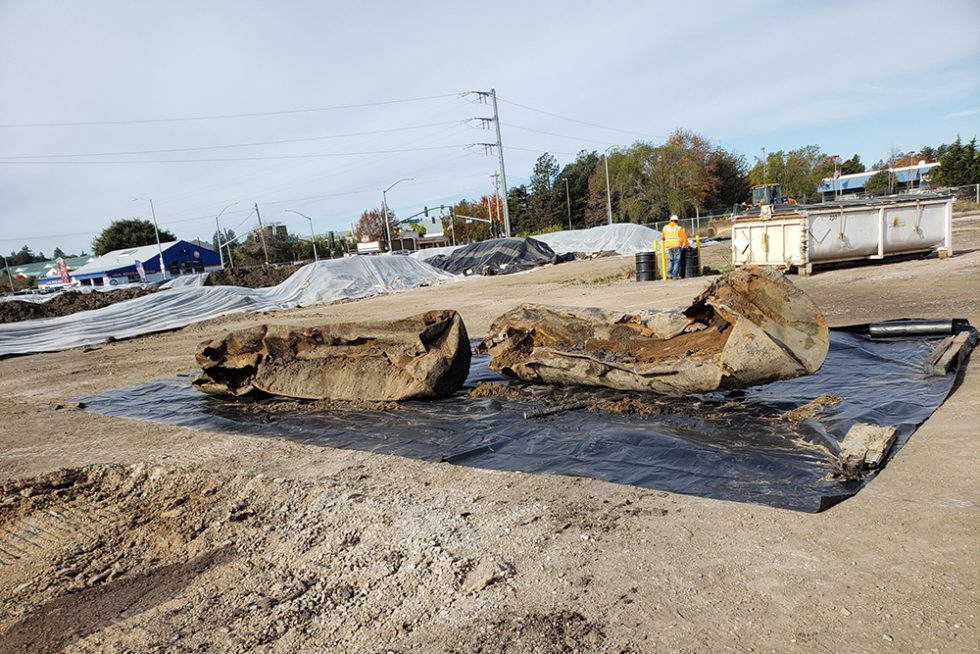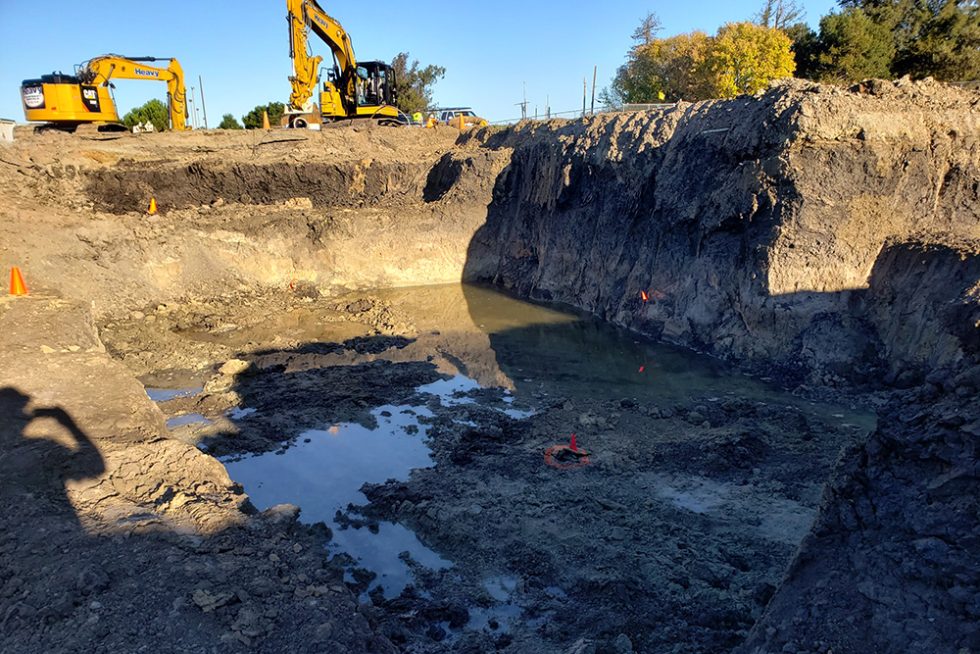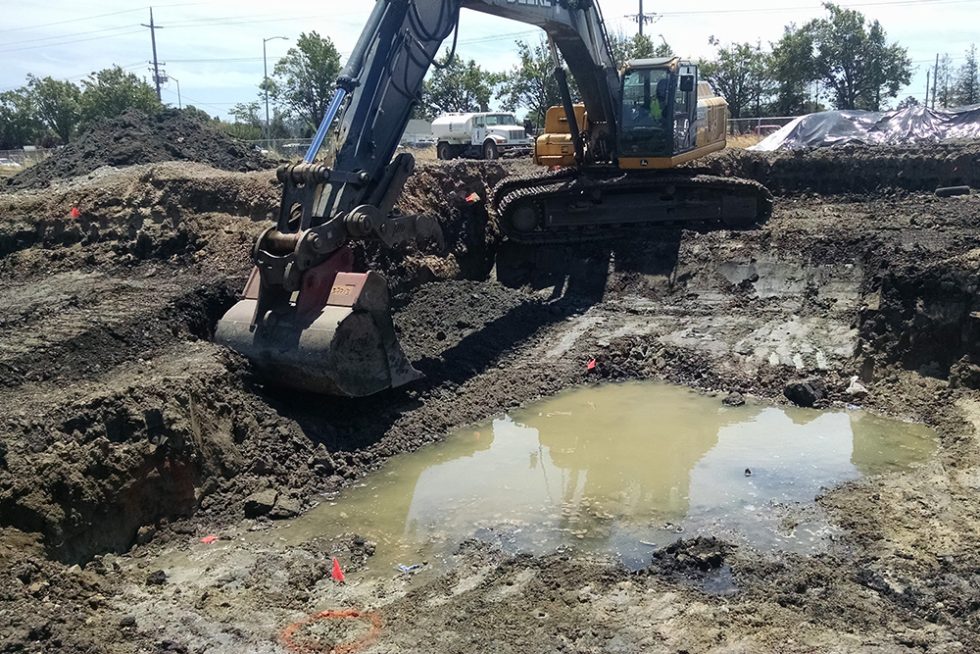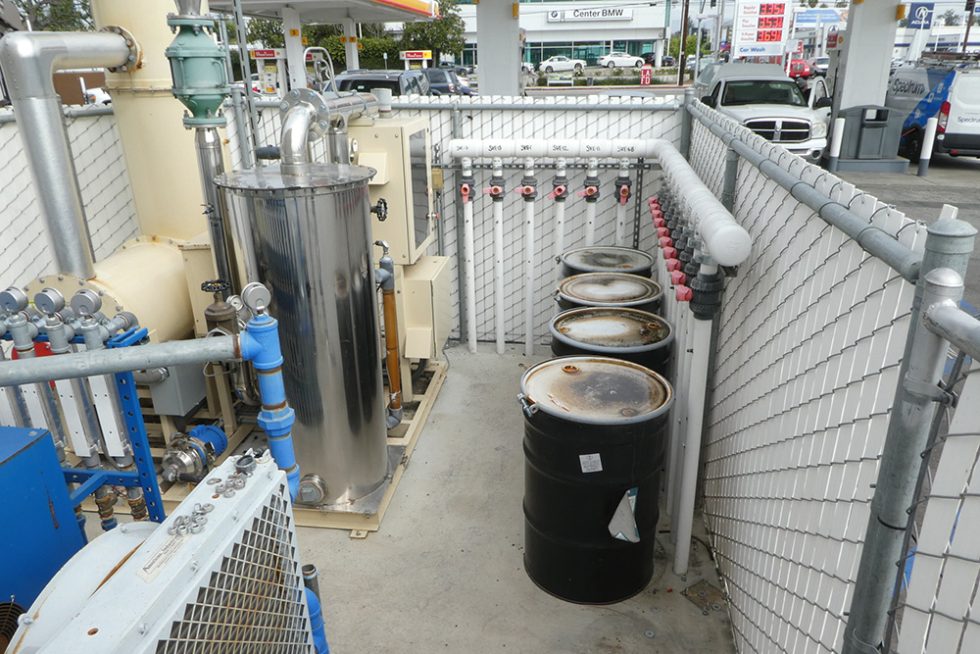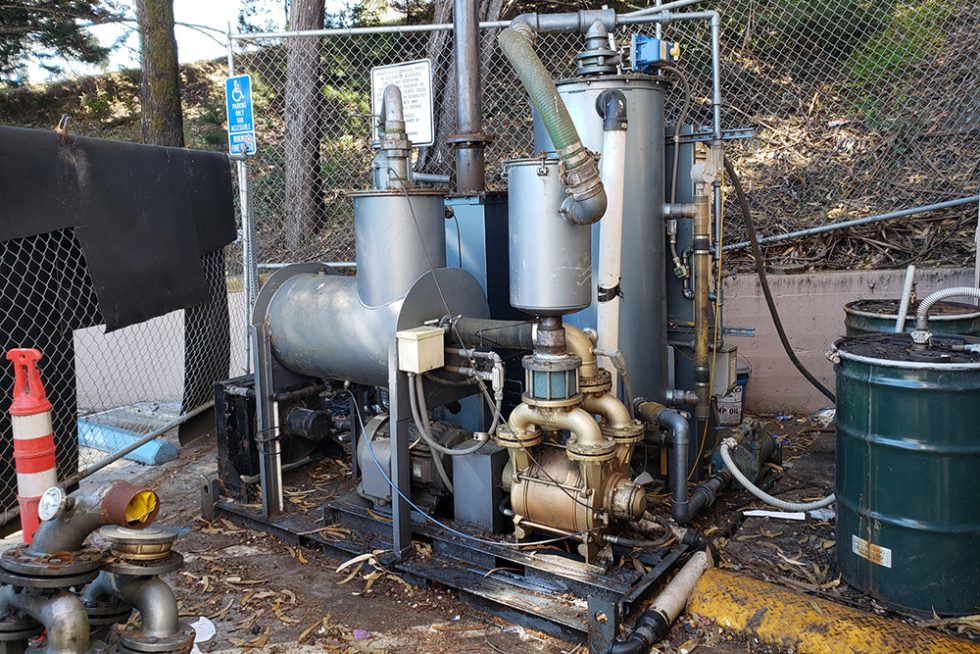Remedial Action Plan & Implementation
Remedial Action Plan (RAP) & Implementation
Remedial action plans (RAPs) are strategies developed to address the contamination of subsurface media (e.g., soil, vapor, and groundwater). These plans provide a framework for identifying, assessing, and mitigating the environmental damage caused by various human activities such as commercial/industrial processes, mining, transportation, and waste disposal.
The main objective of a remediation action plans is to restore the affected environmental resource to a condition that is safe for humans and the environment. This requires a thorough understanding of the nature and extent of the contamination, the potential risks to human health and the environment, the regulatory environment, and the most effective remediation techniques to be applied.
What factors into a Remedial Action Plan?
Several factors contribute to the development of a remedial action plan to address soil, groundwater, or vapor contamination. These factors include:
-
- Site Characterization: A thorough understanding of the site’s characteristics, including geology, hydrogeology, and soil properties, is essential. Site characterization helps identify the extent and nature of the contamination, determine the potential migration pathways, and assess the risks posed by the contaminants.
- Contaminant Characteristics: The type, concentration, and behavior of contaminants play a crucial role in determining the appropriate remediation techniques. Factors such as the solubility, volatility, persistence, and mobility of contaminants influence the selection of remedial options.
- Regulatory Requirements: Compliance with applicable environmental regulations is a critical consideration. Remedial action plans must align with regulatory standards and guidelines, ensuring that the chosen strategies and cleanup goals meet legal obligations. Cleanup goals may focus on reducing contaminant concentrations to specific standards, preventing migration, or restoring the environment to a pre-contamination state.
- Remediation Technologies: Different remediation technologies are available for addressing soil, groundwater, or vapor contamination. Factors such as effectiveness, feasibility, cost, and site-specific conditions determine the selection of appropriate remediation techniques. These may include physical, chemical, or biological methods, as well as combinations of different approaches.
- Feasibility and Cost: The feasibility of implementing remedial actions is an important consideration. Factors such as available resources, technology availability, site accessibility, and potential impacts on adjacent properties or ecosystems influence the selection of feasible and cost-effective remediation approaches.
- Timeframe: A realistic timeframe is established for the completion of remediation activities. The timeframe considers factors such as the complexity of the contamination, the selected remedial techniques, regulatory requirements, and stakeholder considerations.
- Stakeholder Engagement: Engaging and addressing the concerns of stakeholders is crucial for the success of a remedial action plan. Stakeholders may include local communities, property owners, regulatory agencies, and other affected parties. Effective communication and involvement of stakeholders help build trust, gather valuable input, and ensure that the remediation efforts consider diverse perspectives.
- Monitoring and Verification: A robust monitoring and verification plan is developed to assess the progress and effectiveness of the remedial actions. The plan includes protocols for regular monitoring of soil, groundwater, or vapor conditions and verification of compliance with cleanup goals. Monitoring helps identify any changes or challenges, allowing for adjustments to the remediation plan as needed.
- Ongoing Maintenance and Long-Term Monitoring: Some remedial actions may require ongoing maintenance and long-term monitoring to ensure the continued effectiveness of the remediation efforts. Plans for regular inspections, maintenance activities, and monitoring schedules are included to prevent recontamination and maintain the integrity of the remediated site.
These factors collectively contribute to the development of a comprehensive and effective remedial action plan tailored to achieve each site’s specific remedial action goals.
What does it take to implement a Remedial Action Plan?
The implementation of a remedial action plan to address soil, groundwater, or vapor contamination involves a systematic and well-coordinated process. Generally, the steps involved in implementing such a plan include:
-
- Coordination and Mobilization of Resources: Ensure that all necessary resources are available and mobilized for the implementation phase. This includes personnel, equipment, materials, and any required permits or approvals.
- Site Preparation: Prepare the site for remediation activities, which may involve activities such as setting up temporary facilities, establishing safety protocols, and securing the work area.
- Installation or Execution of Remediation Techniques: Implement the selected remediation techniques as outlined in the plan. This may involve a variety of techniques for ex-situ (removal and disposal or above-ground treatment of impacted media) or in-situ (in-place physical or chemical treatment of impacted media). PEI’s team is experienced in multiple remedial options varying from the removal of contaminated soil, installation and operation of groundwater treatment systems, or the deployment of vapor mitigation measures.
- Quality Control and Assurance: Establish quality control and assurance measures to ensure that the remediation activities are conducted correctly and effectively. This may involve regular inspections, adherence to standard operating procedures, and validation of data quality.
- Health and Safety: Implement robust health and safety measures to protect the workers, the public, and the environment during remediation activities. This includes providing proper training and personal protective equipment and following applicable safety regulations and protocols.
- Monitoring and Data Collection: Carry out monitoring activities as specified in the remedial action plan. This includes regular sampling and analysis of soil, groundwater, or vapor to track progress and evaluate the effectiveness of the remediation efforts. Ensure accurate data collection and record-keeping for future reference.
- Adaptive Management: Continuously assess the progress of the remediation efforts and monitor any changes or challenges that arise. If necessary, adjust the remedial action plan based on the collected data and feedback from monitoring activities. This adaptive management approach allows for flexibility and optimization of remediation strategies.
- Communication and Reporting: Maintain effective communication with stakeholders, including regulatory agencies, community members, and property owners. Provide regular updates on the progress of the remediation activities and address any concerns or inquiries. Prepare and submit required reports and documentation to regulatory authorities as per the established timelines and requirements.
- Post-Remediation Activities: Upon completion of the remediation activities, conduct post-remediation activities such as site restoration, final site inspections, and closure documentation. This may involve regrading the soil, replanting vegetation, or installing protective barriers to prevent recontamination.
- Long-Term Monitoring and Maintenance: For certain remediation projects, long-term monitoring and maintenance may be necessary to ensure the ongoing effectiveness of the remediation efforts and compliance with regulatory standards. Establish a plan for regular monitoring and maintenance activities, including periodic inspections and sampling.
Throughout the implementation process, proper documentation and record-keeping are essential. This includes maintaining records of activities, monitoring data, quality control measures, health and safety protocols, and communication with stakeholders.
